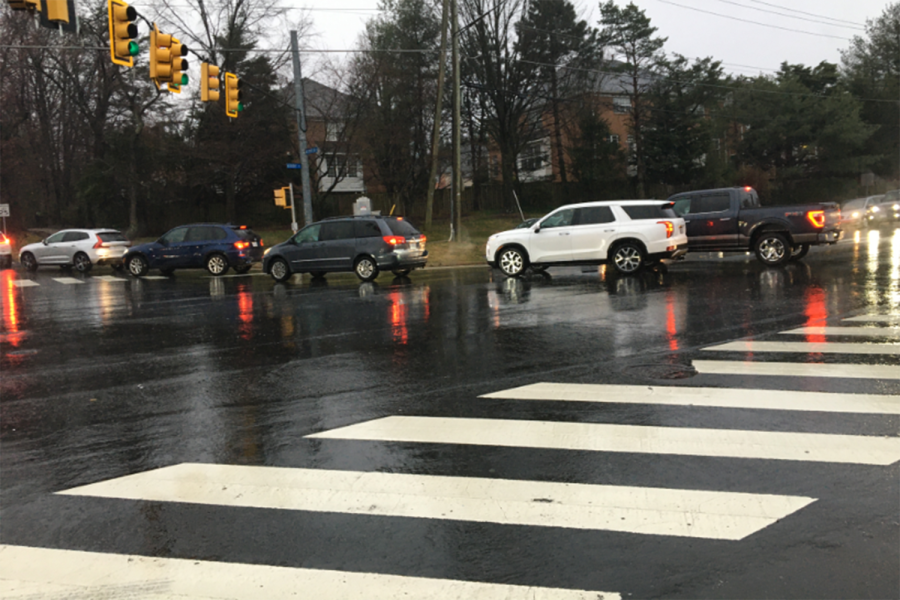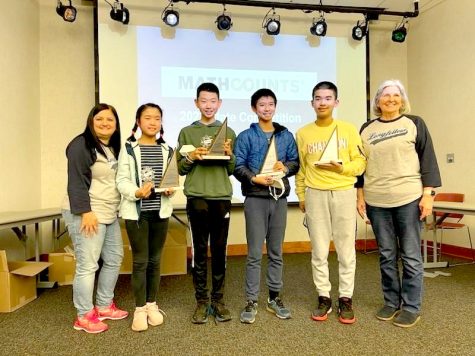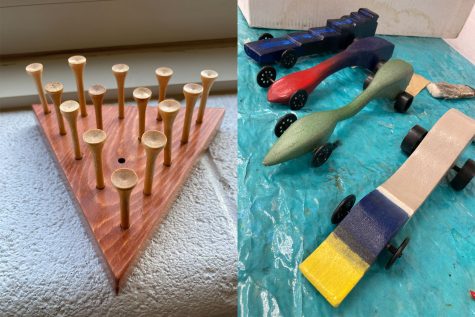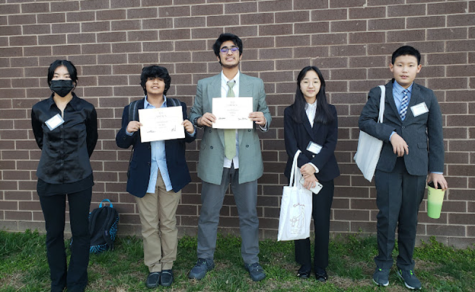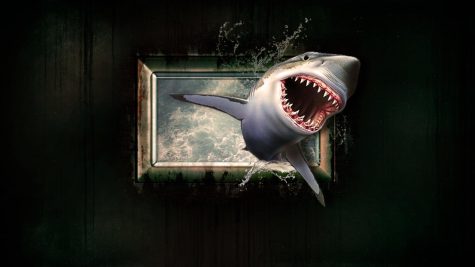Kiss and Ride Line Makes For More Difficult Commute
Cars cross the intersection of Westmoreland and Kirby, moving towards Longfellow during the morning back-up for Kiss and Ride.
Lines of cars and buses inch forward in the early morning light. The lines on Kirby and Westmoreland slowly creep toward the last intersection before reaching Longfellow. Farther up the road, cars merge one by one to enter the school parking lot. Most students watch the cars from passenger seats, but others gather their belongings, preparing to exit their cars before reaching the school’s campus. As the clock ticks by, parents employ increasingly drastic measures to get their children to school on time.
According to Hector Martinez, Longfellow’s Safety and Security Officer, about 420 cars come through the Kiss and Ride line each day. The record, he said, is 567 cars. This means that over a quarter of Longfellow students use the Kiss and Ride line, causing the scene described above to be a daily occurrence.
Students often report waiting in the line for extended periods of time or exiting their cars on the road in order to get to school on time. They express their annoyance at arriving late to class or how early they must get in the line to be on time. For some of these students taking the bus or walking may not be an appropriate option due to the pandemic or weather conditions.
Martinez emphasized that students should not exit their cars while in the line. The safety risk is too great.
“I would like to see [students] getting dropped off on our campus, instead of getting dropped off across the street and having to cross [Westmoreland] on their own because they don’t have a crossing guard [there],” he said.
Martinez acknowledged that little can be done by the school to resolve the slowness of Kiss and Ride.
“We don’t have any extra parking lots or any extra lanes,” he said. He indicated, however, that students can speed up the line by preparing to exit their cars immediately upon reaching door 4 and can reduce the bottleneck by leaving home earlier. So, for now at least, it seems it is up to the students to help moderate the frustrations of the Kiss and Ride.


